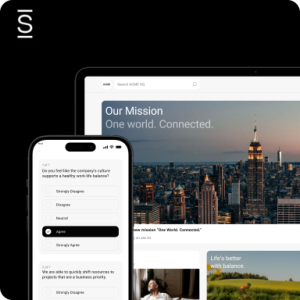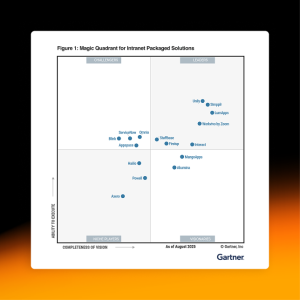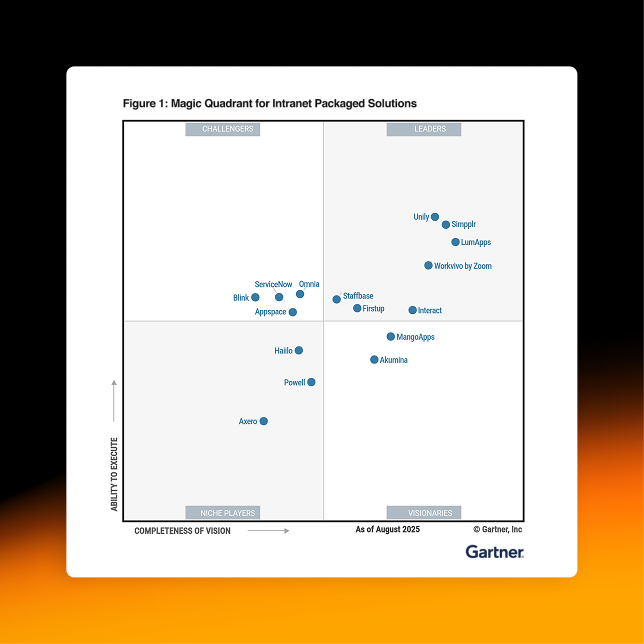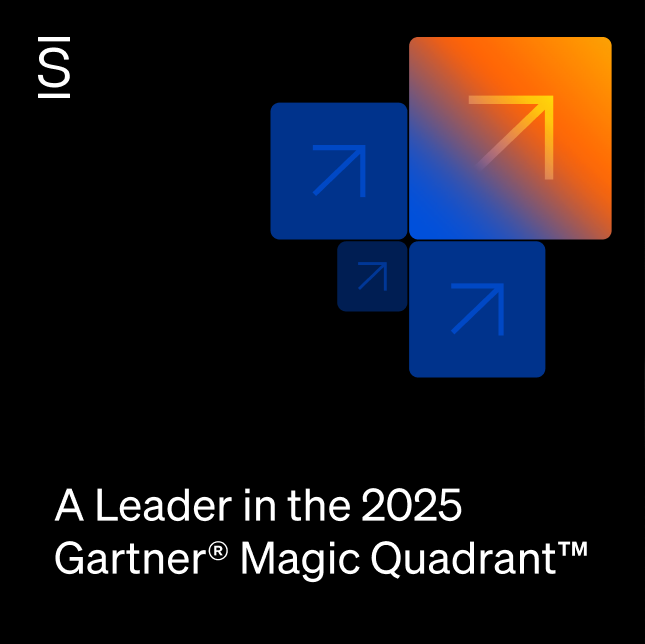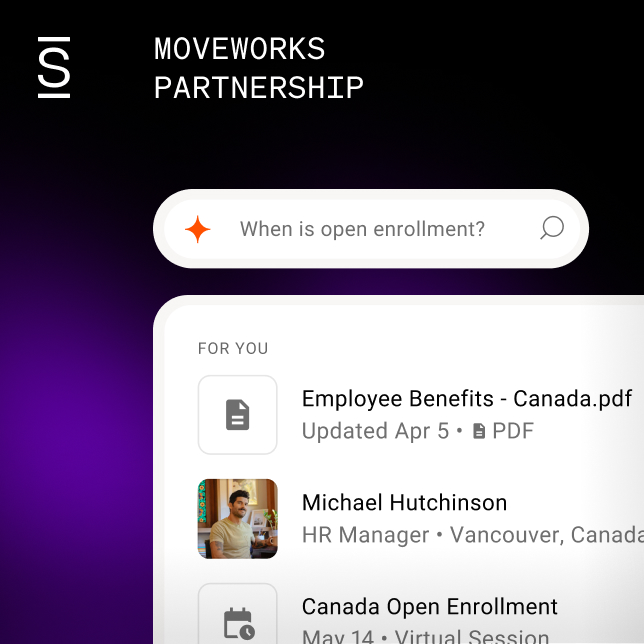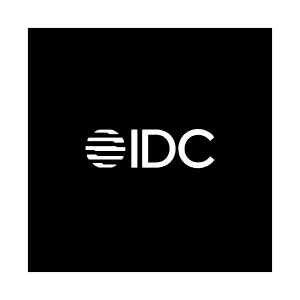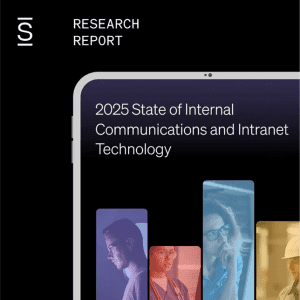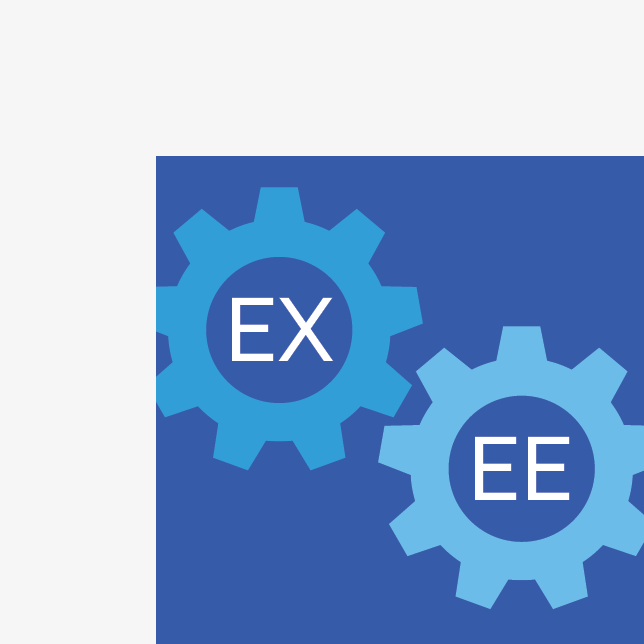You’ve felt it in those Monday morning meetings — the energy that should fuel innovation feels flat. Star performers are updating their LinkedIn profiles. Exit interviews reveal the same frustrating pattern of disengagement. By then, it’s too late. That’s why it’s crucial for leaders to know how to measure employee engagement effectively.
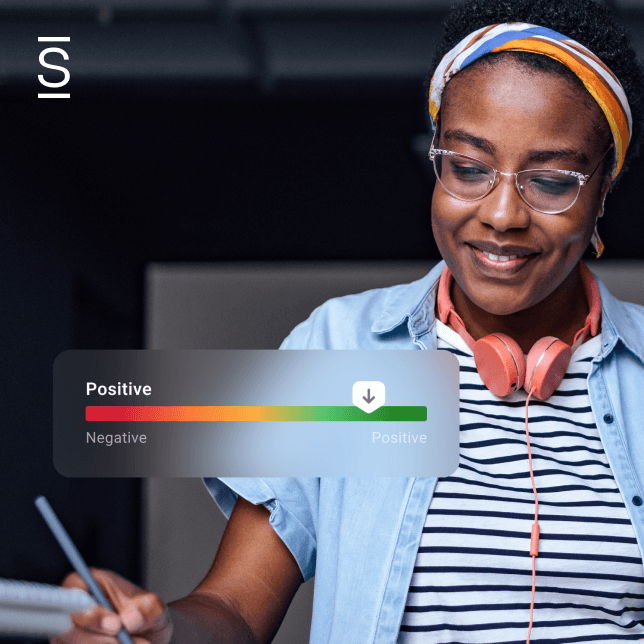
How to measure employee engagement: methods, metrics, and actionable strategies
- 1 Why you can't afford to guess on employee engagement
- 2 The tangible business impact of engagement
- 3 Moving from gut feelings to data-driven strategies
- 4 5 core methods to measure employee engagement
- 5 Turning employee engagement metrics into results
- 6 The smart way to measure employee engagement
- 7 Stop guessing and start engaging
Here’s the truth: Many organizations are flying blind when it comes to employee engagement. Learning how to measure employee engagement has become a business imperative that directly impacts your bottom line.
Organizations that retain top talent have moved beyond basic satisfaction scores to build robust systems that reveal which teams are thriving before quarterly results come in. They identify flight risks months before resignation letters hit their desk. Most importantly, they turn that data into targeted actions that make a difference.
Why you can’t afford to guess on employee engagement

Remote and hybrid work models have fundamentally changed how engagement manifests in the workplace. The traditional signs — empty parking lots or quiet hallways — no longer tell the story. Meanwhile, the cost of getting it wrong has skyrocketed.
When engagement drops, the domino effect is swift and expensive:
- Productivity declines first, often subtly
- Quality issues emerge across deliverables
- Customer satisfaction scores start slipping
- Morale across teams begins to suffer
“Engagement isn’t one number. It’s a tangled web of how people feel, think, and show up at work. Someone might love their job but feel disconnected from leadership. Another might believe in the mission but feel lost with their manager. That’s what makes measuring employee engagement so hard.” — Carolyn Clark, VP, Corporate Communications & Employee Experience, Simpplr
The tangible business impact of engagement
When you have highly engaged people, you consistently outperform your competitors across every meaningful business metric. The connection isn’t coincidental — engaged employees bring discretionary effort that can’t be mandated or managed.
Consider what happens when measuring employee engagement becomes more strategic:
- Teams can predict turnover with better accuracy
- High-risk employees get identified before they become disengaged
- Emerging issues get spotted before they become cultural problems
- Decision-making transforms from reactive to proactive
The data reveals patterns that can change everything. Maybe your customer support team’s engagement tanks after product launches, not because of the volume, but because they weren’t looped in early enough to prepare. Maybe frontline employees feel proud of their work but invisible to leadership. The data could show you a need to expand your recognition program beyond “corporate.”
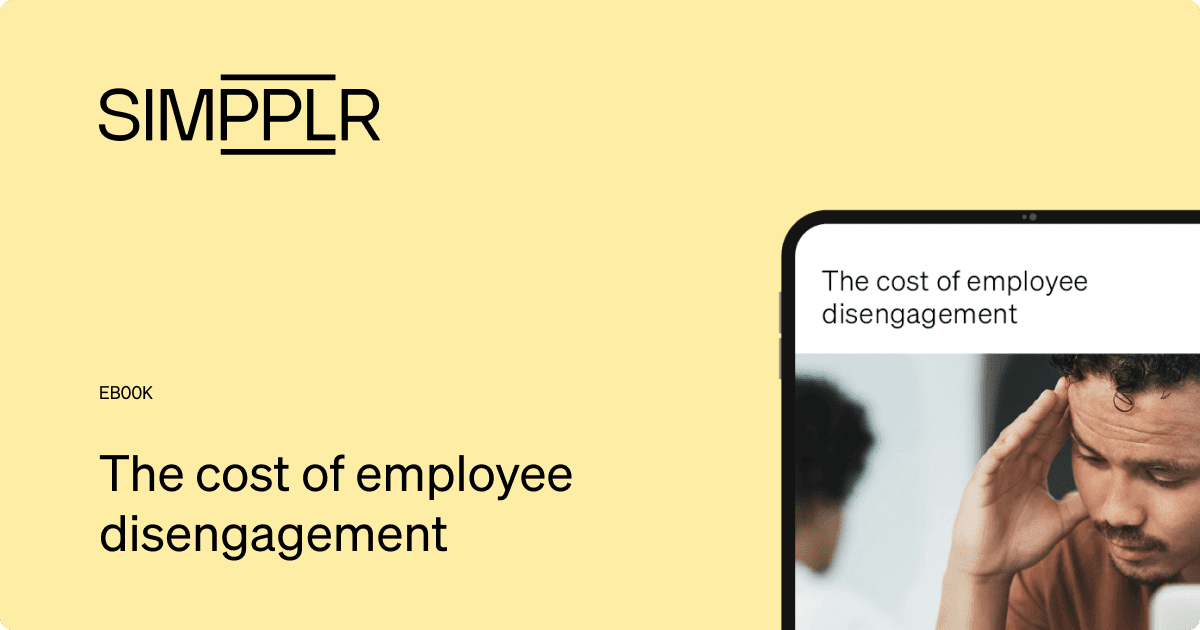
Moving from gut feelings to data-driven strategies
The shift from intuition-based to data-driven engagement management represents a fundamental evolution in how organizations think about their workforce. Instead of reacting to problems after they’ve caused damage, you can identify trends and intervene proactively through employee listening.
The key is building measurement systems that capture both the what and the why of engagement. Surface-level metrics tell you something is happening. Deep measurement tells you why it’s happening and what you can do about it.
5 core methods to measure employee engagement

Effective engagement measurement requires multiple approaches working in concert. No single method captures the full picture. You need a comprehensive view of your workforce’s connection to their work and your organization.
The strongest measurement strategies balance:
- Quantitative data that reveals trends with qualitative insights that explain the human story
- Frequency with depth through real-time pulse checks and periodic comprehensive analysis
- Individual experiences with team dynamics and organizational culture
Success comes from understanding that engagement measurement is both science and art, requiring analytical rigor and human intuition.
1. The foundation: employee engagement surveys
Employee engagement surveys remain the cornerstone of most measurement programs, but their effectiveness depends entirely on design and execution. The surveys that drive real change go beyond measuring satisfaction to explore the deeper drivers of engagement: purpose, autonomy, growth opportunities, and relationship quality.
Modern survey approaches have evolved far beyond the annual engagement surveys. The most effective programs to measure employee engagement use layered survey strategies that combine different depths and frequencies to maintain continuous insight without overwhelming employees.
The power of pulse surveys vs. annual deep dives
Pulse surveys — short, frequent questionnaires sent monthly or quarterly — have transformed engagement measurement. They capture engagement trends in real-time, allowing organizations to respond quickly to emerging issues. A well-designed pulse survey might include just a few questions focused on current experience and sentiment.
Annual comprehensive surveys still play a crucial role, providing context that pulse surveys can’t capture. These longer surveys explore engagement drivers in detail, examining everything from career development satisfaction to manager effectiveness.
The key is using both approaches strategically: pulse surveys for trend monitoring and annual surveys for comprehensive analysis.
The magic happens when you can correlate pulse survey trends with deeper insights. If pulse surveys show declining satisfaction with workload management, your annual survey data might reveal that the issue stems from unclear priority-setting processes rather than volume alone.
How to write survey questions that get real answers
The difference between surveys that generate actionable insights and those that collect meaningless data often comes down to how survey questions are designed.
Effective engagement survey questions share three key characteristics:
- Specific and behavioral: “I have the resources I need to do my best work” vs. “Are you satisfied with your job?”
- Action-oriented: “My manager provides clear priorities when I have competing deadlines” vs. “Do you feel supported at work?”
- Bias-resistant: “I received feedback on my performance in the past month” vs. “Do you feel valued?”
The strongest survey questions also connect to outcomes employees care about personally, not just organizational objectives. This creates authentic responses that reveal genuine engagement drivers rather than socially acceptable answers.
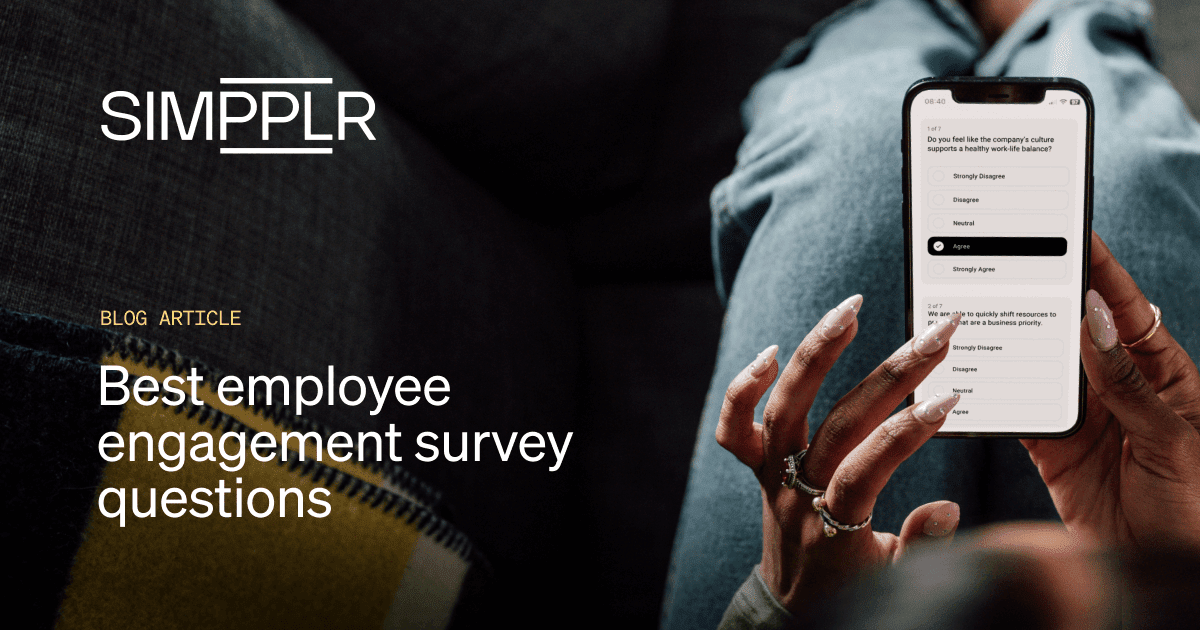
2. The quick snapshot: eNPS (employee Net Promoter Score)
The Employee Net Promoter Score adapts the familiar customer NPS framework to the employee experience. The core question — “How likely are you to recommend this organization as a place to work?” — provides a simple but powerful gauge of overall employee sentiment.
eNPS offers several advantages for measuring employee engagement:
- Universally understood across organizations and industries
- Easy to track over time and benchmark against peers
- High response rates due to its simplicity
- Minimal survey fatigue compared to lengthy questionnaires
But eNPS becomes truly valuable when you dig into the segmentation. Overall organizational eNPS tells you where you stand. Department-level eNPS tells you where to focus. Manager-level eNPS tells you who needs support.
The follow-up question — “What’s the most important reason for your score?” — often provides more actionable insight than the score itself. These open-ended responses reveal the specific experiences driving engagement or disengagement across different employee segments.
3. The qualitative gold: one-on-one meetings and stay interviews
While surveys provide breadth, one-on-one conversations provide depth. Regular manager-employee meetings and structured stay interviews are a great way to measure employee engagement. They uncover the nuanced, individual factors that drive engagement for specific employees. Stay interviews are proactive conversations with valued employees about what keeps them engaged and what might cause them to leave.
Unlike exit interviews, which capture information too late to act on, stay interviews enable preemptive action.
The most effective stay interviews follow a structured format while maintaining conversational flow. The goal is understanding individual engagement drivers, not gathering generic feedback.
Key questions might include:
- What aspects of your role energize you most?
- What would make you consider leaving?
- What changes would make your experience here even better?
One-on-one meetings provide ongoing engagement intelligence when managers know what to listen for. Engaged employees typically discuss future goals, seek feedback actively, and volunteer for challenging assignments. Disengaged employees might focus on immediate tasks, avoid additional responsibilities, or express frustration with organizational direction.
4. The collaborative deep dive: focus groups
Focus groups excel at exploring themes that emerge from survey data and play a key role in employee engagement measurement. When pulse surveys indicate declining satisfaction with communication, focus groups can uncover whether the issue is frequency, format, relevance, or trustworthiness of organizational messaging.
The collaborative nature of focus groups often reveals systemic issues that individual interviews might miss. Participants build on each other’s observations, creating richer insights than any single perspective could provide.
Effective engagement focus groups require:
- Clear objectives: Focus on specific themes rather than general engagement discussions
- Targeted questions: “What makes someone successful here?” vs. “How engaged do you feel?”
- Psychological safety: Confidence that input will be used constructively, not punitively
- Skilled facilitation: Someone who can guide productive conversation without leading responses
The key to valuable focus group data is creating an environment for honest conversation. Anonymous feedback and transparent follow-up help build the trust that generates genuine insights.
5. The indirect clues: analyzing behavioral engagement data
Employee engagement metrics increasingly include behavioral indicators that reveal engagement patterns without requiring direct employee input. These digital signals — email patterns, collaboration tool usage, training participation, internal mobility applications — provide ongoing insight into employee experience.
Modern workplace technology generates rich behavioral data. Highly engaged employees typically participate more actively in optional learning opportunities, contribute more frequently to internal communications, and demonstrate higher levels of cross-functional collaboration. Declining engagement often shows up in reduced discretionary participation — long before survey scores drop.
Employees who consistently accept optional meetings, volunteer for project work, or schedule proactive check-ins with colleagues typically demonstrate higher engagement levels. Those who minimize calendar commitments or stop participating in nonrequired activities might be less engaged.
The power of behavioral measurement lies in its objectivity and continuity. Unlike surveys, which capture point-in-time perceptions, behavioral data provides ongoing insight into actual employee experience. But data without action is just expensive spreadsheets.
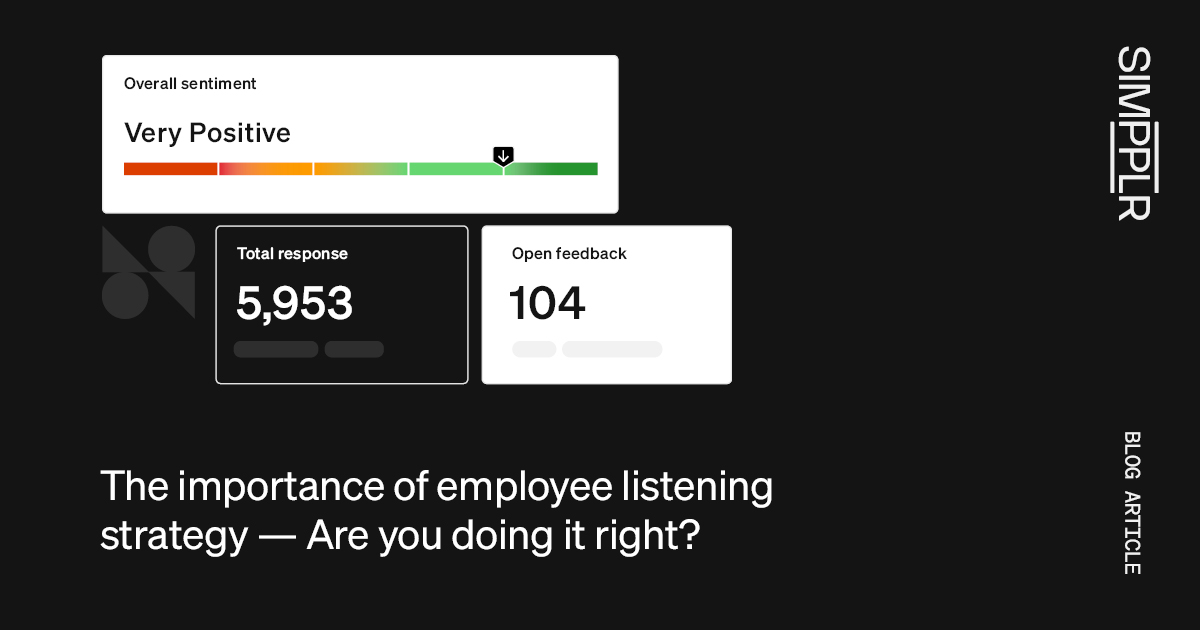
Turning employee engagement metrics into results
Here’s where most organizations fail: They collect mountains of engagement data, then let it gather digital dust. That’s just one step of measuring employee engagement.
The organizations that see real improvements are those that excel at translating insights into targeted, sustained action. This transformation from data to results requires systematic analysis, transparent communication, and disciplined execution.
The gap between measurement and improvement often comes down to analysis:
- Raw scores tell you what’s happening
- Segmented analysis tells you where it’s happening
- Correlation analysis tells you why it’s happening
- Predictive analysis tells you what’s likely to happen next
Each level of analysis opens new possibilities for intervention and proactive management.
The art of analyzing and segmenting your data
Effective employee engagement measurement goes beyond calculating averages and identifying trends. It requires segmenting data to understand how engagement varies across different employee populations and identifying the specific drivers that matter most for different groups.
Start with demographic segmentation: department, tenure, role level, location, and manager. These cuts often reveal that engagement challenges aren’t organizational but specific to particular teams or employee segments.
Maybe new hires lose momentum after six months, pointing to onboarding gaps. Perhaps remote employees rate manager support lower than colleagues who spend time in the office, signaling communication challenges.
Take segmentation deeper by identifying which factors most strongly predict overall engagement for different groups:
- Individual contributors: Growth opportunities might be the strongest predictor
- People managers: Decision-making autonomy might matter most
- Senior employees: Mission alignment might drive engagement more than compensation
The most sophisticated analysis identifies metrics that predict engagement changes before they show up in overall scores. Declining participation in optional training might predict engagement drops months later. Reduced internal networking might signal impending turnover. These patterns enable proactive intervention rather than reactive damage control.
Communicating results with transparency and trust
Engagement measurement only drives improvement when employees trust the process and believe their input leads to meaningful change. This trust depends largely on how organizations communicate results and respond to feedback.
Transparent communication starts with sharing results widely. If employees take the time to share feedback, they deserve to know what you found and how you’ll respond.
Effectively communicating the results acknowledges both positive findings and areas that need improvement. Organizations that highlight only positive results quickly lose credibility. Those that share challenges while outlining specific improvement plans build trust and engagement.
The key is framing challenges as opportunities for collaborative problem-solving rather than organizational failures.
The strongest communication strategies also close the feedback loop by reporting on actions taken based on previous engagement input. This demonstrates that measurement drives real change, encouraging continued participation and honest feedback in future measurement cycles.
Building an action plan that drives results
The difference between organizations that measure employee engagement and those that subsequently make improvements lies in disciplined execution. Effective action planning translates employee engagement insights into specific, measurable interventions with clear ownership and timelines.
Successful action plans prioritize ruthlessly. Rather than trying to address every engagement challenge simultaneously, they focus on the highest-impact opportunities.
This might mean addressing manager effectiveness before tackling workspace design, or improving onboarding experiences before overhauling performance review processes.
The strongest action plans align engagement improvements with business objectives:
- Connect employee experience improvements to customer satisfaction targets
- Link engagement initiatives to innovation goals and operational efficiency
- Demonstrate ROI through retention cost savings and productivity gains
Measurement continues throughout implementation, creating feedback loops that enable course correction. This ongoing measurement ensures that action plans remain relevant and effective.
The smart way to measure employee engagement
While manual approaches to measuring employee engagement can provide valuable insights, they often create more administrative burden than strategic value. The organizations seeing the greatest engagement measurement success have moved beyond manual processes to integrated platforms that streamline data collection, analysis, and action planning.
The challenge with manual measurement
Traditional approaches to measuring employee engagement create several persistent challenges that limit its effectiveness.
These challenges include:
- Survey fatigue: Employees receive multiple, disconnected requests for feedback
- Data silos: Various teams use different tools and approaches
- Analysis delays: Insights arrive too late for timely intervention
- Administrative overhead: HR teams spend more time managing logistics than analyzing results
Manual measurement also neglects the complexity of modern workforces. Remote teams, different generations, and global workforces all require different approaches.
As a result, managers receive engagement reports but lack tools to translate insights into team-specific actions. Leadership teams see high-level trends but miss the operational details needed for effective intervention.
Using the right technology to measure employee engagement
Modern employee experience platforms like Simpplr integrate measurement with employee communication, collaboration, and experience tools to provide continuous insights.
Simpplr measures employee engagement by capturing real-time signals from daily workplace interactions. The platform tracks participation in company communications, collaboration patterns, and content engagement to provide ongoing insight into employee sentiment.
This integrated approach delivers measurable advantages:
- Behavioral correlation: Survey results combine with actual workplace behavior patterns
- Content intelligence: Identify which communication approaches drive highest engagement across employee segments
- Collaboration insights: Understand which interaction patterns predict retention success
- Predictive analytics: Spot at-risk employees before traditional surveys detect problems
The platform enables follow-up action through targeted communication campaigns based on engagement segmentation, provides managers with personalized team support recommendations, and allows leadership teams to track improvement in real-time rather than waiting for quarterly survey results.

Stop guessing and start engaging
Learning how to measure employee engagement effectively requires moving beyond annual surveys to comprehensive measurement systems that provide ongoing insight into the employee experience. Organizations that master this transition gain competitive advantages in talent retention, productivity, and innovation that compound over time.
The measurement methods outlined here work best when integrated into cohesive systems that capture both the emotional and operational dimensions of engagement. But remember, measurement without action creates more problems than it solves. Employees who provide feedback without seeing meaningful change quickly become skeptical of future efforts.
Three principles for successfully measuring employee engagement:
- Choose approaches that align with your organizational capacity for follow-through
- Focus on actionable insights rather than perfect data collection
- Integrate measurement with communication and collaboration tools for real-time intelligence
Modern platforms like Simpplr eliminate many traditional barriers to effectively measuring employee engagement. By integrating measurement with daily workplace interactions, they provide the real-time insights and action capabilities that manual approaches struggle to deliver.
The cost of guessing about employee engagement is expensive, while the tools for measuring it effectively have never been more accessible. The question isn’t whether you can invest in better engagement measurement but whether you can afford not to.
Ready to discover how Simpplr can help you measure employee engagement and take meaningful action? Request a demo today.
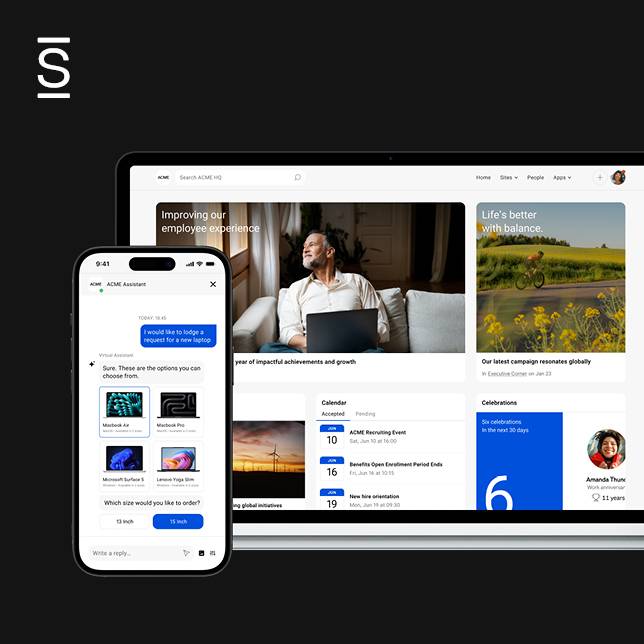
Watch a 5-minute demo
See how the Simpplr employee experience platform connects, engages and empowers your workforce.
- #1 Leader in the Gartner Magic Quadrant™
- 90%+ Employee adoption rate


